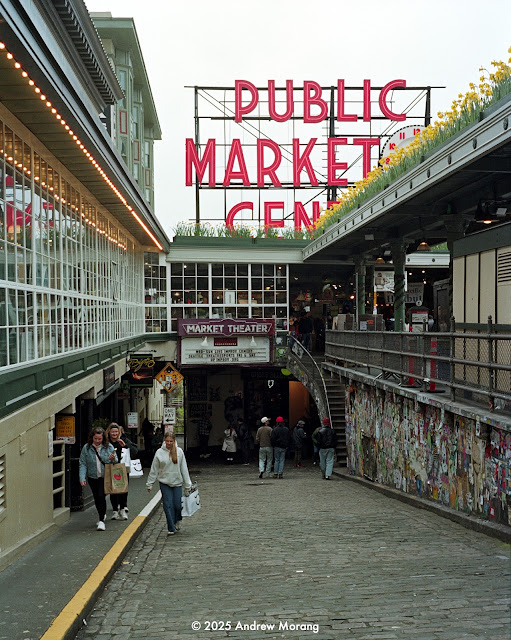 |
| Shop local, drink coffee local |
 |
| Fred and Peter patiently waiting for me to take some pictures |
 |
| Beaver Mill Falls, Kinderhook River |
 |
| Barn (or house?), 2098 River Road (Hwy. 9J), Schodack Landing |
 |
| Old house with partial asphalt shingles, 601 River Road (Hwy 9J), Schodack |
 |
| Barn on County Rte 2, Schodack, NY |
 |
| Stuyvesant Landing Depot, Stuyvesant, built in 1880 |
Former State Farm for Women Prisoners
Appendix: History of the State Farm
By 1908, the Women’s Prison Association had successfully lobbied for 315 public acres for such a place, the State Farm for Women Misdemeanants, in Valatie, New York.8 The site was planned in accordance with the early 20th-century trend of cottage-designed prisons, which placed inmates in small cottages scattered across a rural setting. The cottages were set up like small homes, with a dining room, kitchen, and sitting room. Household tasks were divided among the women. The idea was to engender self-esteem in the inmates, who then might be better positioned to take on these roles once released.9

“Cottage on State Farm for Women.” In “The Modern Way,” 1913, page 14.
Bordered by the foothills of the Adirondacks, the Berkshires, the Matteawan Mountains, and the Catskills and Helderbergs, State Farm in Valatie offered tillable land, ample space, and a healthy environment. At completion, the farm was projected to have 27 buildings on the cottage plan, and would stress rehabilitation and careful supervision by an all-female staff (except for typically male roles, i.e. leadership roles like warden). Prisoners over 30 who had been convicted five times in two years qualified for accommodation.10

“Inmates’ Room, State Farm for Women.” In “The Modern Way,” 1913, page 17.
When “The Modern Way” went to print, two cottages were ready for occupancy. Fifteen hundred New York women were eligible. According to the pamphlet’s writers, every farm implement had been purchased, and the grounds were populated with horses, cattle, and poultry.11 And yet, the pamphlet’s frustrated authors argued, the land remained vacant. Appeals to two different governors and the Senate Finance Committee to fund the opening of the cottages all stalled.12 At the close of “The Modern Way” we are left wondering what happened to State Farm. Was it ever operational?

“Cattle on State Farm for Women.” In “The Modern Way,” 1913, page 20.
The answer was yes. State Farm at Valatie was completed in 1914. But in total, the Columbia County facility accommodated only 146 inmates. These were mostly white women between the ages of 30 and 60, accused of public drunkenness. Funding was always scarce. By 1918, all the inmates had been paroled, and the grounds were turned over to a treatment center for women suffering from venereal disease.13 The efforts of the Women’s Prisoners’ Association to install State Farm as a viable alternative to the Workhouse model appears to have been only successful in the short term. Nevertheless, “The Modern Way” captures an important moment in the history of the Women’s Prison Association of New York, an organization still very active in lobbying for the rights of women prisoners today.












































